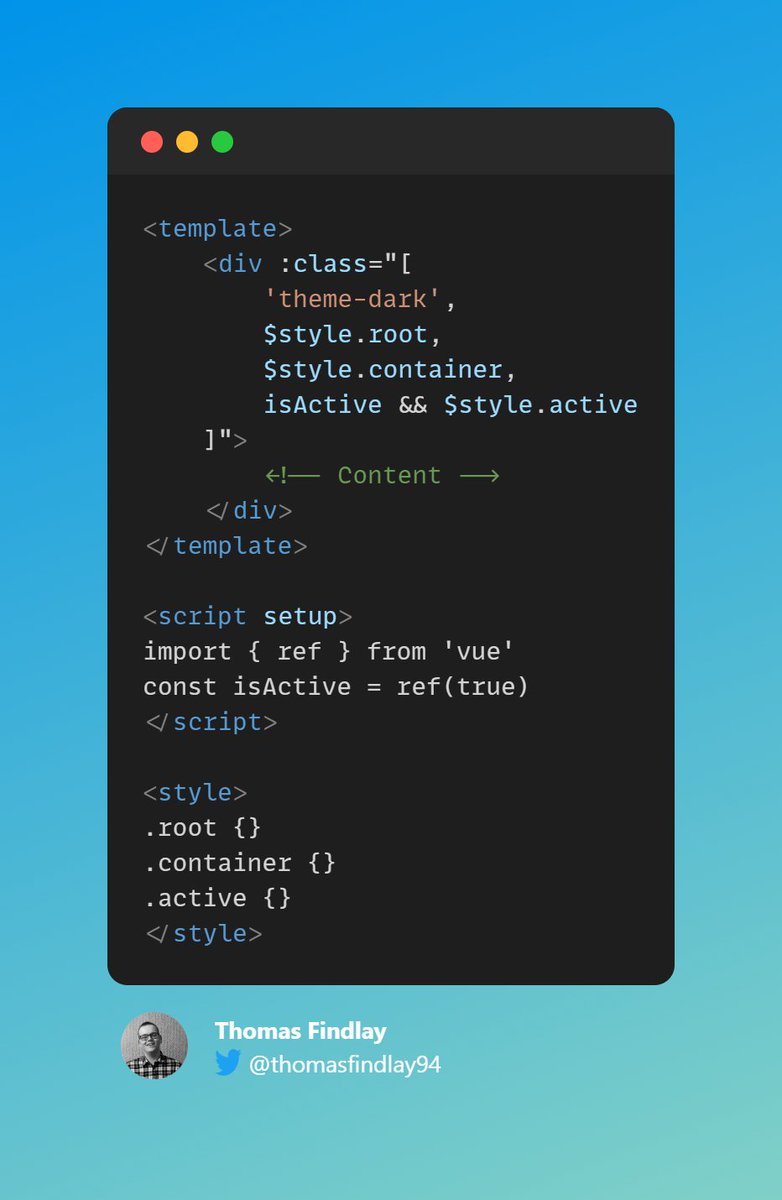
Does React have templates?
Does React have templates? How can templates elevate your React projects to the next level? Are templates considered a beneficial addition to the React ecosystem? These very questions are often the subject of discussion and debate among web developers and designers. They delve into exploring the utility, functionality, and influence of templates in the world of React, one of the leading JavaScript libraries for building user interfaces, and these considerations form the pivot of our article.
Increasing project complexity and the evolving requirements of web development have spotlighted the need for templates in React. Studies like ‘The State of JavaScript 2019’ survey indicate that nearly 64% of developers want to use React in their future projects. However, the same report highlights difficulties in commencing new projects due to the lack of predefined structures – a problem that templates seek to alleviate. Another article in the Smashing Magazine also discusses the challenges web developers face without templates, contributing to longer development time. Recognizing these problems automatically leads us to propose viable solutions, establishing the need for introducing templates as an efficient strategy in React projects.
In this article, you will learn all about the potential of incorporating templates in React. We will dissect the essence of templates, their role in streamlining the web development process, and how they positively impact the overall efficiency and productivity. Furthermore, the discussion will traverse the real-world examples of successful usage of templates in React, which might inspire developers to consider a new way of handling projects.
A deep dive into the role of templates in React will provide a fresh perspective on their importance in modern web development. So, stay with us as we unfold some remarkable insights about templates in React in tandem with modern industry standards and practices.

Understanding Key Definitions: React and Templates
In the realm of web development, it’s crucial to comprehend the role of tools like React and templates. React, to begin with, is a JavaScript library largely used for building user interfaces. It’s popular in single-page applications where you may constantly interact and deal with page elements, giving users a swift, seamless experience.
Now let’s move onto templates. In general context, templates are pre-designed, reusable models that provide a starting point for numerous tasks. Yet, when talking about React, it’s significant to acknowledge that React doesn’t accommodate traditional HTML templates. Instead, React employs a concept named JSX, a likewise straightforward syntax, enabling developers to write HTML in their JavaScript code. The rendering process then turns this into HTML in the Document Object Model (DOM), making it a dynamic template of sorts.
Unraveling the Myth: Do Templates Exist in React?
The Concept of Templates in React
React is a highly utilitarian JavaScript library, popularized for its power to build user interfaces specifically for single-page applications. Unlike some of its contemporaries, React does not offer template systems like Vue or Angular. However, React harnesses the power of JavaScript to provide a greater level of flexibility and efficiency that you might find in the traditional concept of templates.
React leverages the concept of components, which can be viewed as custom, reusable HTML elements. In essence, these components function similarly to templates, where pre-defined code can be reused across your application. React splits the user interface into individual components, allowing developers entirely manage, control, and apply them where necessary within the application.
The Role of JSX in React
Instead of using traditional templates, React incorporates JSX (JavaScript XML). JSX is a syntax extension for JavaScript, recommended by React, to describe the structure of the user interface. It might seem like HTML, but there is a significant differentiation. Under the hood, JSX provides the ability to write HTML structures in the same file that contains JavaScript code.
Return calls in the render method in React components are typically written in JSX. It creates more readable code, closely resembling the layout you would see in HTML. As such, it maintains a declarative structure that facilitates simpler and cleaner code, reducing the complexity of constructing a user interface.
While reflecting on whether React has templates, consider the following points:
- React uses JSX to write reusable components, which act like templates.
- JSX compiles into JavaScript, and is thus more powerful and flexible than traditional HTML.
- Components and JSX together provide a highly dynamic and efficient way to construct user interfaces.
In this light, while React.js does not have a built-in template system like some front-end frameworks, the component-based architecture it provides strikes as a robust, flexible, and efficient alternative. The use of JSX in conjunction with this component model then amplifies the customizability, creating a system that, although not termed as such, fulfills the role templates hold in other systems, but with additional benefits reaped from the power of JavaScript. The native JavaScript support grants react the necessary tools to dynamically render any part of the UI without requiring any directive-based manipulation, typically seen in template syntax. Hence, even in the absence of typical “templating”, React.js manages to offer a truly potent method for UI development.
Dissecting React Framework: Emphasizing the Need for Templates
Is React More Dynamic Than Traditional Template Systems?
Here’s a question to ponder upon: what makes React and traditional template systems inherently different? With traditional template systems like Mustache and Handlebars, they manage a string-based system — the HTML tags are typically static, parsed, and rendered out as a string. These systems do not understand or directly interact with the DOM. On the other hand, React, lauded as the revolution in the view layer of web applications, revolves around components, Conceptually, components are like JavaScript functions and can be reused within the app making it more dynamic.
In the React structure, ‘templates’ are essentially just components. However, unlike traditional template systems, these components are not mere containers of HTML and sometimes CSS. They also encapsulate behavior which, in combination with a highly expressive rendering language (JSX), creates a rich composition model.
The Fundamental Challenge with Traditional Template Systems
One issue with traditional templating systems lies in their string-based approach. JavaScript applications are highly interactive today, with many UIViews and components interacting and affecting one another. However, traditional string-based templating isn’t ideal for creating complex UI views. It can quickly become overly complicated and runs the risk of becoming a performance bottleneck.
Moreover, they lack componentization. While you can create partials (reusable snippets of HTML) and pass context to them, they don’t provide an easy mechanism for creating UI components with behaviour that you can reuse across your project. Lack of encapsulation means edits and adjustments are often a task, possibly affecting various areas and reducing efficiency.
Best Practices: React’s Approach to Templating
React approached this from a different angle. React developers do not create templates in the traditional sense; instead, they utilize components – self-contained, reusable pieces of code that handle their own layout and logic. These components are written in JSX, a syntax extension that allows you to write HTML in your JavaScript code.
React’s component-based architecture lends itself well to the DRY (Don’t Repeat Yourself) principle. You can create a component once and then reuse it throughout your project with different props. For instance, you don’t need to write separate code for a list where each item has a similar structure but different data. Instead, you can write a ListItem component and feed it different props to create different list items.
Moreover, with React components, you get the benefits of JavaScript. Things like conditional expressions and map functions can help you create dynamic templates in a way that is not possible with simple string-based templating. Fundamentally, React blends the best of both JavaScript and HTML to deliver a power-packed developer experience.
React Templates: A Dummy’s Guide to Understanding Its Implications
Deciphering the Enigma of JSX
Is it possible that JSX, so central to React’s foundation, could be our missing key to the concept of templates? The answer is a resounding yes. JSX plays a pivotal role in creating something closely akin to templates in React.
To truly appreciate this, we must first dispel any misunderstandings about what JSX is. Contrary to appearances, it is neither HTML encased in JavaScript nor entirely a template language. It’s a syntax extension for JavaScript that allows you to write HTML codes within JavaScript. Blurring the lines between markup and logic, it enables the architecture of intricate UI structures within your program.
Although React doesn’t have built-in methods for creating templates, its robust array of components combined with JSX offers developers a powerful substitute. Each React component is essentially a self-contained module that can be used and reused across the application, allowing for consistent and efficient rendering of the UI. It performs a similar purpose to templates, affording developers an organized, systematic way of rendering their interfaces. In React, the concept of ‘Component’ underpins the idea of a ‘template’.
Untangling Challenges with JSX
While harnessing the power of JSX and components to emulate templates in React offers many benefits, it comes with its own set of complexities and challenges. One of these core misunderstandings often revolve around the appropriate use of JSX in relation to creating ‘templates’.
Murky boundaries between HTML and JavaScript can often lead to confusion and code insecurities. How much JavaScript to embed within the JSX, when to extract to separate components, and how to manage data flow are some questions that may arise. There might also be instances where developers, especially those transitioning from a platform that supports HTML templates, find it difficult to grasp the absence of directives or special attributes common in template languages.
The critical issue here is to remember the core intention behind JSX – To ease the development process by combining UI structure (HTML) and logic (JavaScript) in a unifying, comprehensible manner. Understanding this is key to overcoming these challenges.
Paving the Path with Best Practices
So, how do you better wield JSX to create ‘template-like’ structures in React? Best practices focus on three main pillars: component creation, component composition, and data flow management.
Firstly, aim for creating reusable and encapsulated components. This brings us back to the template analogy – Components should be sufficiently decoupled and reusable across the application, akin to HTML templates. Secondly, effectively compose your components. React’s component composition model is an excellent tool to segment your UI into independent, reusable pieces.
Finally, effective data flow management is key to making sure your ‘templates’ remain functional and understandable. Establish clear data flow from parent to child components using props and maintain state in top-level components or through dedicated state management libraries. This reduces redundancies and makes the data flow within your ‘templates’ predictable and manageable.
Remember, JSX doesn’t replace templates. Instead, it provides interfusion of logic and structure that makes your components – your ‘templates’ in React – much more capable. With JSX and these best practices, you can create maintainable, consistent, and efficient ‘templates’ in React, ensuring that your UI architecture remains resilient and scalable.
Conclusion
Can we truly draw the line where React components end and where templates start? While React doesn’t come with an inbuilt template system, it utilizes ‘React components’ that exhibit similar behavior to templates. The flexibility of these components, their reusability, and how they encapsulate their own styles and logics make them very powerful. They can be imported into other components to form more complex user interfaces, paving the way for efficient, modular design patterns in web development.
Engage with us, appreciate our thought-through blog posts by signing up and staying connected. By being part of our blog community, we ensure you don’t miss essential insights, in-depth guides, and useful tips from the world of front-end web development. We value your interest in our blog that aims to provide valuable insights into the world of coding. Our purpose is to ensure that we prepare and guide you through your journey of creating vibrant, effective and efficient web applications.
The space for innovation and learning in web development is infinite. So, keep an eye out for our upcoming blog posts. We promise they will bring in new insights and deepen your understanding of key concepts. We always strive to strike a balance between expansion and consolidation, thus enabling you to stay ahead of the curve. So, stay tuned, as we continue to delve further into React, its components, and the immense potential these technologies have to shape the future of web development.
F.A.Q.
1. Does React have an equivalent to templates in other frameworks?
React doesn’t have templates in the traditional sense found in many other frameworks. Instead, it offers JSX, a syntax extension for JavaScript that allows you to write HTML within your JavaScript code
2. How does JSX in React differ from traditional templates?
Unlike traditional templates, JSX allows you to leverage the full power of JavaScript in your view. This means you’re not limited to a simplified templating language and you can use any JavaScript expressions directly in what looks like HTML markup.
3. Is it mandatory to use JSX in React?
No, it’s not mandatory to use JSX in React. However, using JSX makes your code more readable, concise and the React community recommends it due to these advantages.
4. Can we create reusable components in React?
Yes, one of the key strengths of React is the ability to create reusable components. These components can be defined once and used multiple times in different parts of your application, increasing code efficiency and maintainability.
5. What are React Hooks and how do they relate to templates?
React Hooks are functions that let you use state and other React features without writing a class. They don’t directly relate to templates, but they can reduce the complexity of your components by handling state and lifecycle features from function components.









